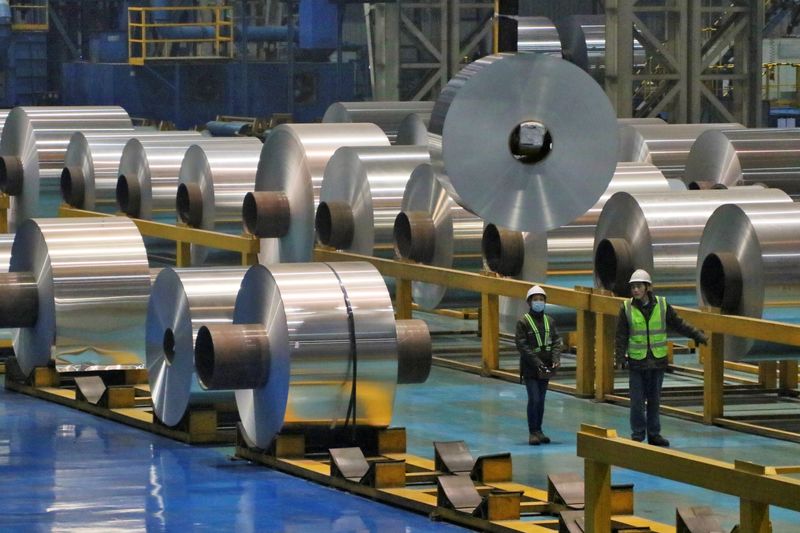By Jamie McGeever
(Reuters) – A look at the day ahead in Asian markets.
Chinese industrial profits and Australian inflation top the Asian and Pacific economic calendar on Wednesday, against a backdrop of reasonably firm global equity markets and risk appetite ahead of key U.S. inflation data due later in the week.
The economic, business and political spheres are also set to collide in Beijing, where Chinese President Xi Jinping will meet with U.S. business leaders, according to three sources with knowledge of the matter, in a follow up to his November dinner with U.S. investors in San Francisco.
The audience with Xi follows Chinese Premier Li Qiang not meeting visiting foreign CEOs at the China Development Forum in Beijing on March 24 to 25, which reignited concerns over transparency in China’s economy and deteriorating economic ties with the United States.
But Xi’s personal intervention might be a sign of his commitment to ensuring China is open for business, and improving Sino-U.S. relations. Or at least preventing them from deteriorating any further.
China’s economy, markets and investors could certainly do with some good news.
Chinese stocks are on track to post their first quarterly gain in four quarters, but that is due to a strong rebound from five-year lows in February that has since faded – Chinese stocks are barely up for the month of March.
This has held Asian stocks back too – the index is up only 1% this year, significantly lagging the MSCI World (+7%) and the MSCI global emerging market index (+1.5%).
Figures on Wednesday will give the first insight into the health of China’s industrial firms’ profitability this year, with January and February numbers due for release.
Industrial profits fell 2.3% in 2023, their second straight yearly decline. But there were some signs of improvement at the end of last year – profits rose 16.8% in December from a year earlier, extending gains for a fifth month.
The other main economic indicator on Wednesday is Australian consumer inflation for February. Economists expect the annual rate to rise slightly to 3.5% from 3.4% in January.
rates traders don’t expect the Reserve Bank of Australia to begin cutting rates until September, and are only pricing in 40 basis points of easing this year.
The yen, meanwhile, remains perilously close to lows not seen since 1990. Japanese officials are cranking up the verbal intervention – Finance Minister Shunichi Suzuki warned on Tuesday that “rapid currency moves are undesirable” – but it isn’t translating into much upside for the yen.
That may only come if there’s a sufficient decline in U.S. yields and rate expectations, which may not come until after U.S. PCE inflation on Friday. A hotter-than-forecast report, however, and the yen could quickly slide through 152 per dollar and force Tokyo to act.
Here are key developments that could provide more direction to markets on Wednesday:
– China industrial profits (Jan, Feb)

– China President Xi Jinping meets U.S. business leaders
– Australia consumer inflation (February)
(By Jamie McGeever; Editing by Josie Kao)


